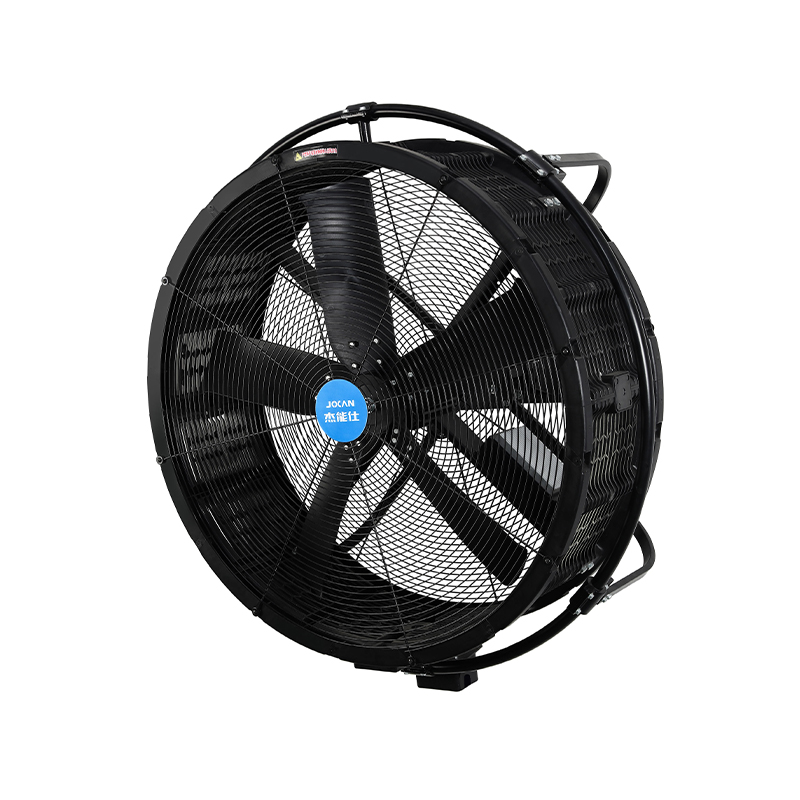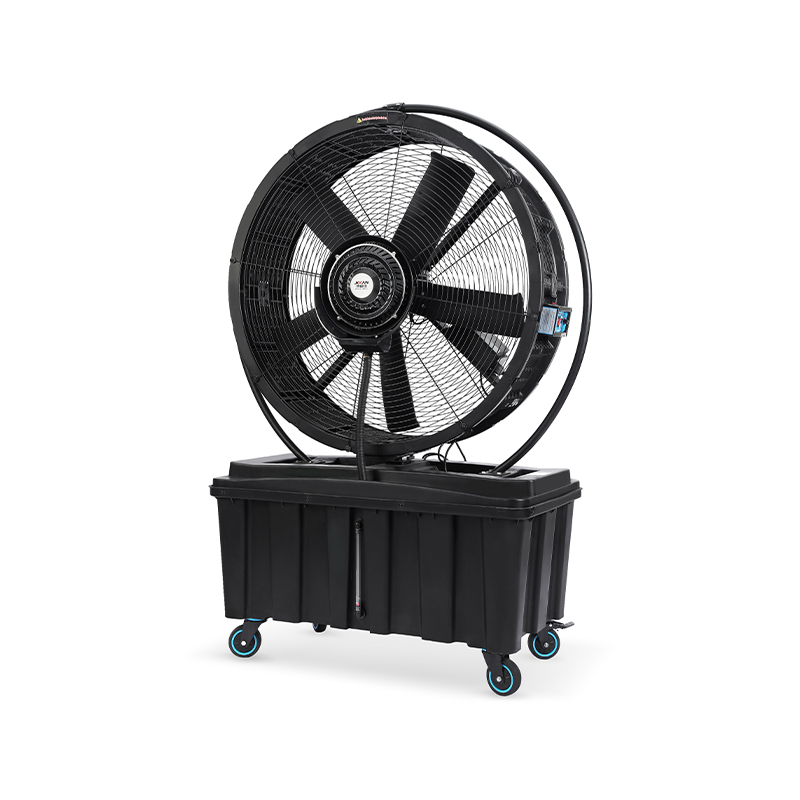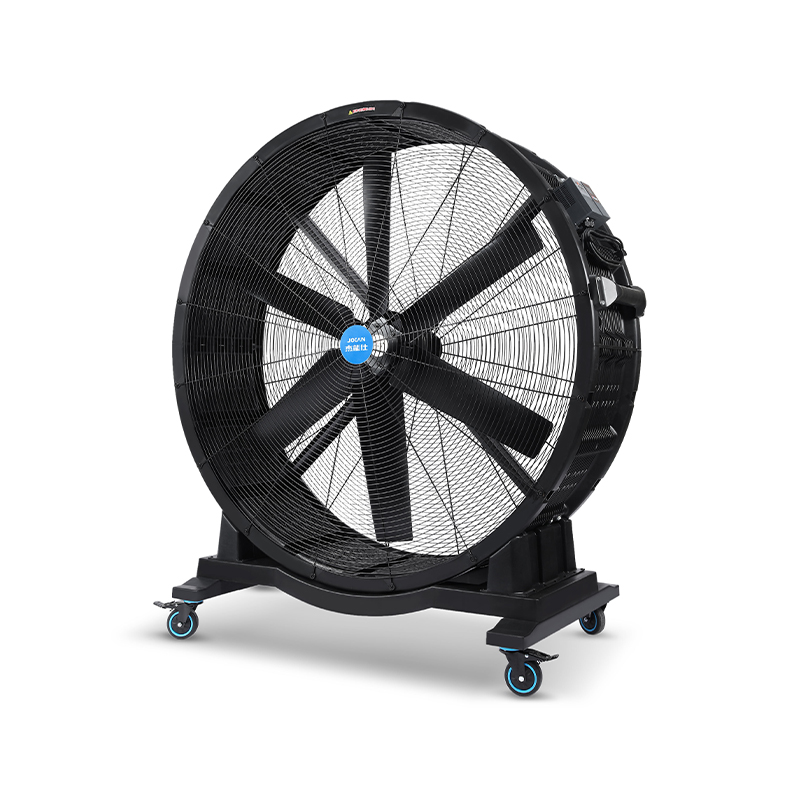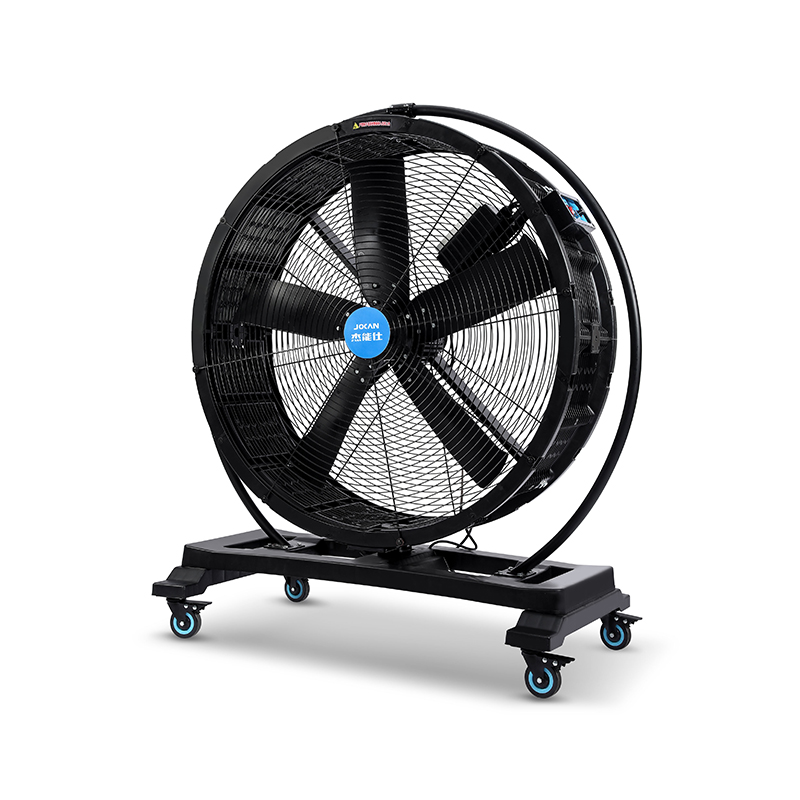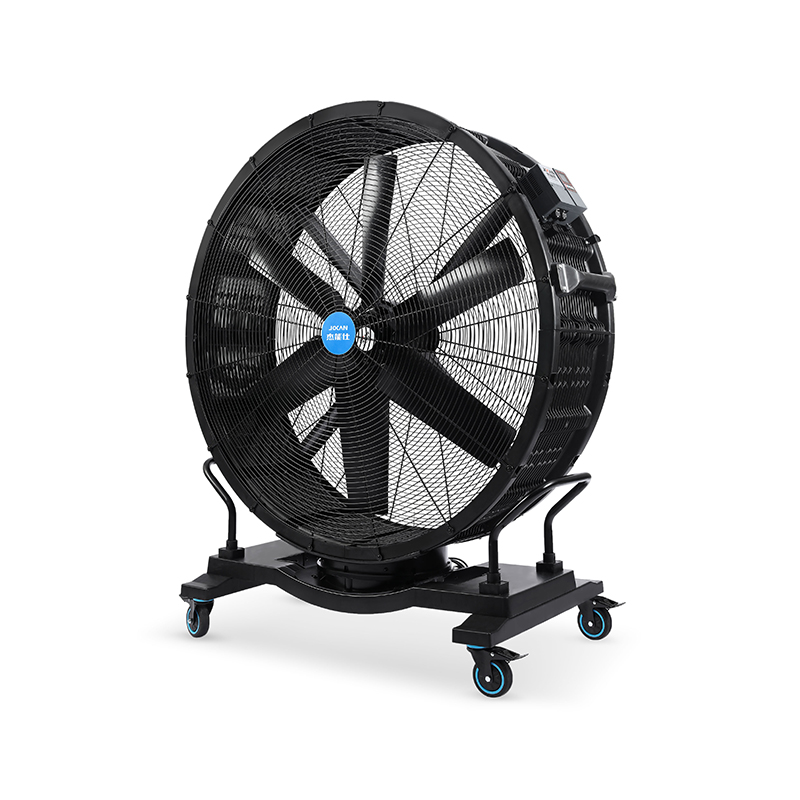Duct fans for HVAC systems serve a vital function in maintaining air quality and circulation in both residential and commercial buildings. Traditionally, these fans were designed primarily for airflow without much emphasis on noise reduction or energy savings. However, modern design efforts have shifted toward improving these aspects. New duct fans for HVAC are engineered with aerodynamic blade shapes that reduce turbulence and increase airflow efficiency. This results in quieter operation and lower power consumption, which are crucial for building management and occupant comfort.
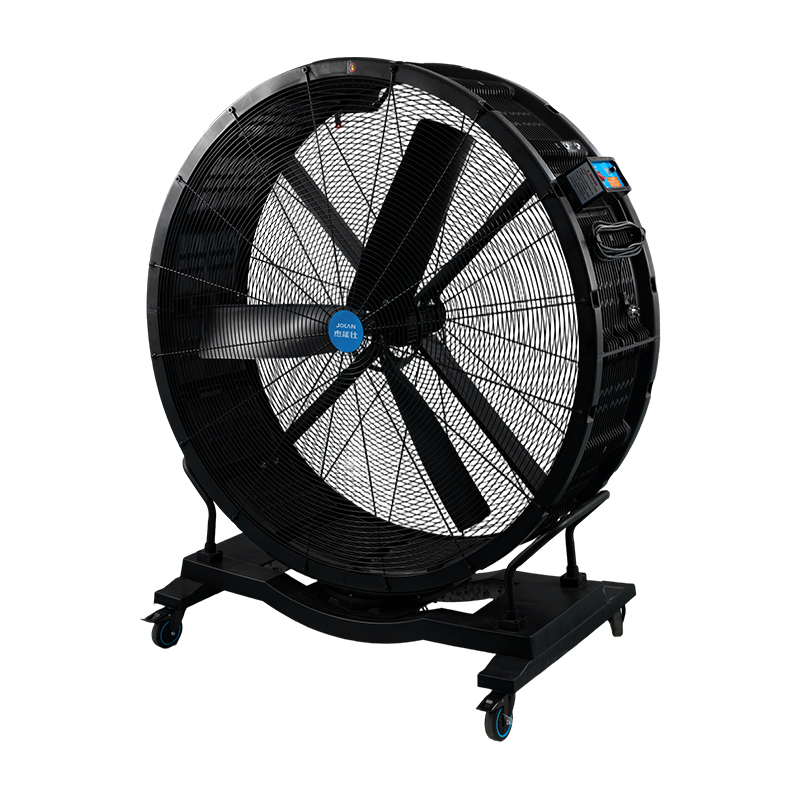
At the same time, the industrial AC fan segment has seen notable changes. These fans are widely used in heavy-duty applications where reliable cooling and ventilation are critical, such as factories and warehouses. Industrial AC fans are being redesigned with more robust motors and materials capable of withstanding harsh environments. Designers are also incorporating variable speed drives, allowing industrial AC fans to adjust airflow precisely based on real-time conditions, improving energy use without sacrificing performance. This adaptability marks a significant step forward in meeting modern sustainability and operational goals.
Another area where design innovation is thriving is with large stainless steel ceiling fans. Often used in large indoor spaces like warehouses, gyms, or manufacturing floors, these fans not only need to move vast volumes of air but also must resist corrosion, especially in environments exposed to moisture or chemicals. Large stainless steel ceiling fans are benefiting from advances in materials engineering and surface treatments that enhance durability. Moreover, improvements in blade design and motor efficiency are helping these fans achieve better airflow with less energy, addressing the growing demand for cost-effective ventilation solutions.
The push toward smarter and more integrated fan systems also plays a role in the development of duct fans for HVAC, industrial AC fans, and large stainless steel ceiling fans. Integration with building management systems allows these fans to operate in sync with heating, cooling, and air quality sensors. This coordinated operation helps maintain good indoor environments while using less unnecessary energy. As technology advances, control systems become more user-friendly and capable, encouraging wider adoption of smart industrial fans in various applications.
Sustainability is another important driver behind new industrial fan designs. With increasing regulatory pressure and corporate responsibility initiatives, manufacturers are seeking ways to reduce the carbon footprint of their products. For example, duct fans for HVAC are now often built to meet stringent efficiency standards, sometimes incorporating eco-friendly materials or coatings that improve longevity and recyclability. Similarly, industrial AC fans are engineered to consume less power during operation, partly through advances in motor design and partly via improved aerodynamics. Large stainless steel ceiling fans also contribute to energy savings by promoting better air circulation, which can reduce reliance on heating and cooling systems.
From a practical standpoint, maintenance and ease of installation remain significant considerations in industrial fan design. The new generation of duct fans for HVAC often features modular components that simplify replacement and reduce downtime. Industrial AC fans are designed with sealed bearings and corrosion-resistant parts to extend service intervals. Large stainless steel ceiling fans incorporate mounting systems that make installation in various ceiling types faster and safer. These improvements reduce total lifecycle costs and increase the reliability of ventilation systems, which is particularly important in demanding industrial environments.
As industries continue to prioritize operational efficiency and environmental responsibility, these three types of fans—duct fans for HVAC, industrial AC fans, and large stainless steel ceiling fans—will remain central to ventilation solutions. Their ongoing development reflects a broader trend of combining engineering expertise with technology to deliver products that not only meet but anticipate the demands of future industrial and commercial settings.
The journey toward improved industrial fan performance is far from over. Each innovation opens new possibilities for better airflow management, lower operating costs, and healthier environments. Whether in a busy manufacturing plant, a commercial building, or a large public venue, the impact of these advancements in duct fans for HVAC, industrial AC fans, and large stainless steel ceiling fans will continue to grow, shaping how air moves in spaces where it matters a lot.
 Add: Plot 23, Huanglang Industrial Zone, Jinqing Town, Luqiao District, Taizhou City, Zhejiang Province
Add: Plot 23, Huanglang Industrial Zone, Jinqing Town, Luqiao District, Taizhou City, Zhejiang Province
 TEL: +86-13586083215
TEL: +86-13586083215

 English
English English
English عربى
عربى 한국어
한국어


